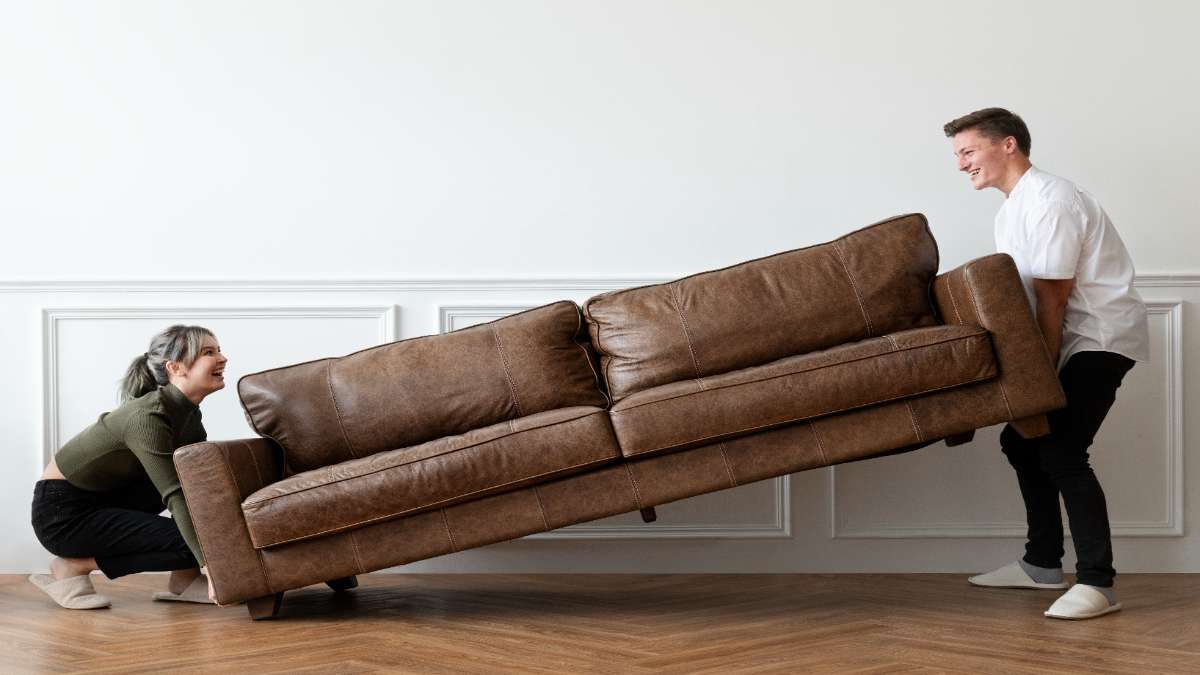Introduction
A sagging sofa can ruin the comfort and aesthetics of your living space. Whether it’s due to worn-out cushions, weakened springs, or a damaged frame, fixing a sagging sofa is easier than you might think. In this guide, you’ll learn step-by-step methods to restore your sofa’s support and prolong its lifespan.
Common Causes of a Sagging Sofa
Before jumping into repairs, it’s essential to understand what’s causing your sofa to sag:
- Worn-out cushions – The foam inside breaks down over time.
- Weakened springs – Springs lose tension, reducing support.
- Broken or weakened frame – The wooden structure weakens over time.
- Loose webbing or support straps – The base of the sofa deteriorates.
How to Fix a Sagging Sofa Step by Step
1. Inspect the Sofa’s Condition
Before making repairs, check the cushions, springs, and frame to identify the main issue. Remove the cushions and push down on the seating area to assess the level of support.
2. Fixing Sagging Sofa Cushions
Cushions often lose their shape due to compressed foam or loose filling. Here’s how to restore them:
- Replace the foam – Purchase high-density foam and cut it to size.
- Add polyester fiberfill – This provides extra support.
- Use plywood support – Cut a thin plywood board to fit under the cushions for added firmness.
3. Repairing Sofa Springs
If your sofa has weakened or broken springs, follow these steps:
- Locate the weak springs – Flip the sofa and inspect the underside.
- Tighten loose springs – Use pliers to adjust and secure them.
- Replace broken springs – Order new zigzag or coil springs and attach them with a staple gun or clips.
4. Reinforcing the Sofa Frame
A weak or broken frame can cause sagging. Here’s how to fix it:
- Tighten screws and joints – Use a screwdriver or drill to reinforce connections.
- Add wooden reinforcements – Cut and attach extra wooden planks to strengthen weak areas.
- Replace broken boards – Swap out any cracked or damaged frame parts.
5. Strengthening Webbing and Support Straps
Over time, the webbing or straps under your sofa may loosen. Here’s how to repair them:
- Replace damaged webbing – Use strong jute or elastic webbing.
- Tighten loose straps – Secure with heavy-duty staples or tacks.
- Install additional support – Use a webbing stretcher tool to maximize tension.
6. Using a Sofa Support Board
If a quick fix is needed, a sofa support board can be placed underneath the cushions to improve firmness. These are available in stores or can be made with plywood.
7. Professional Repair vs. DIY
If your sofa requires extensive repairs, consider professional upholstery services. If the cost is too high, replacing the sofa may be a better option.
Conclusion
Fixing a sagging sofa is a cost-effective way to extend its life and restore comfort. Whether it’s replacing cushions, reinforcing springs, or repairing the frame, these DIY solutions can save you money and effort.
FAQs
1. How do I fix a sagging sofa without replacing the cushions? Adding a plywood support board, using fiberfill, or tightening the frame can help.
2. What type of foam is best for sofa cushions? High-density foam (at least 2.5 lb per cubic foot) is ideal for durable support.
3. Can I replace sofa springs myself? Yes, with the right tools like pliers, a staple gun, and replacement springs.
4. How much does it cost to fix a sagging sofa? DIY repairs can cost $20-$100, while professional fixes range from $200-$500.
5. How long do sofa cushions last before sagging? Typically, 5-7 years, depending on usage and cushion quality.
6. Will adding plywood under cushions make a difference? Yes, it provides additional support and prevents further sagging.
7. When should I replace my sofa instead of fixing it? If the frame is severely damaged or the repair cost is too high, consider replacing it.
8. Can I use memory foam to refill sofa cushions? Yes, memory foam offers excellent support and comfort.
